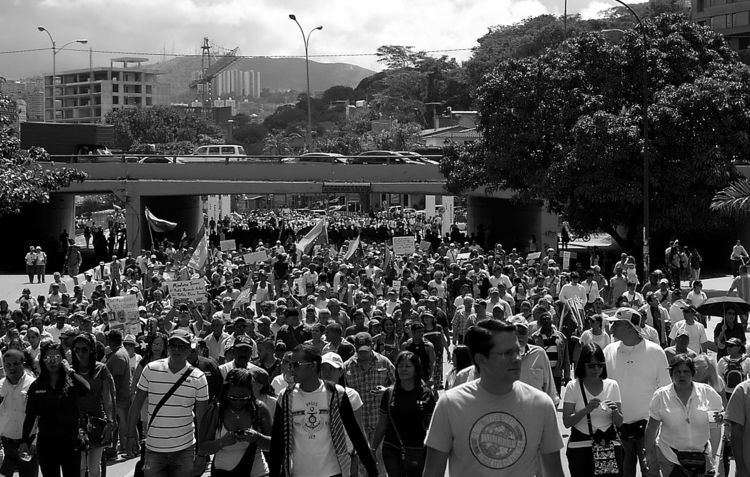The 2015 Venezuelan protests began in the first days of January primarily due to shortages in Venezuela, with the first massive demonstration occurring on 23 January. The series of protests originally began in February 2014 when hundreds of thousands of Venezuelans protested due to high levels of criminal violence, inflation, and chronic scarcity of basic goods because of policies created the Venezuelan government. As of January 2015, over 50 people had been arrested for protesting. The protests are listed below according to the month they had happened.
(Text) CC BY-SA

